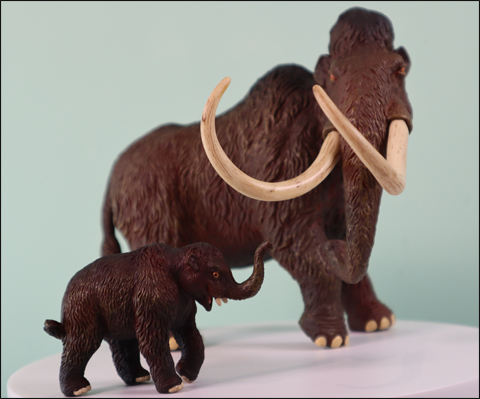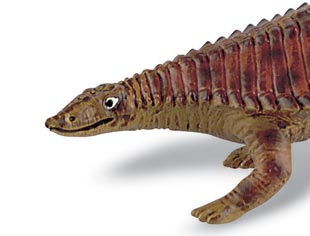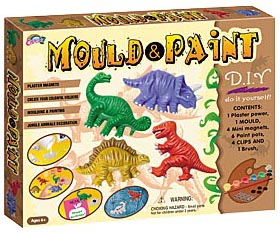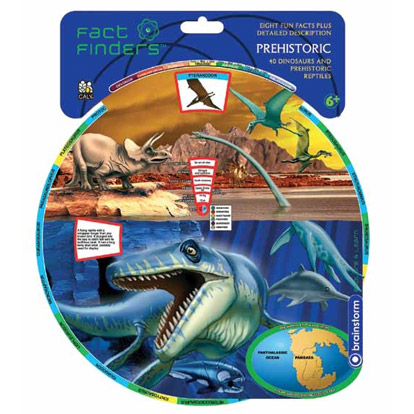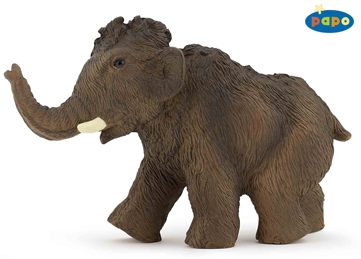Life on Mars – Research adds weight to Theory of Organic Compounds in Antarctic Meteorite
The debate as to whether our neighbour Mars was once capable of supporting life, indeed whether life still exists on the red planet has been given a high profile once more after the results of new research into a Martian meteorite were published.
Martian meteorite
In a continuation of research started by NASA thirteen years ago, a new paper published in the scientific journal Geochimica et Cosmochimica Acta, the journal of the Geochemical and Meteoritic Society, details the results of high resolution electron microscope analysis that indicates the presence of fossilised ancient microbial life on a meteorite from Mars. The original NASA team that studied evidence of fossils on the small meteorite, feel vindicated by this new research. Their claims of evidence of life on Mars was acclaimed when it was first announced, even President Clinton was compelled to make a speech about it. However, doubts were raised over the validity of the team’s claims.
With the use of high resolution electron microscopy, a technique not available to the original team when they carried out their initial studies, their conclusions have become more valid as this new paper suggests the strange, microscopic structures found on the meteorite were not caused as a result of inorganic processes.
A Remarkable Story
How a piece of Mars came to land on Earth is a remarkable story. A piece of rock that was part of the original 4 billion year old crust on Mars, was blasted into space when a large ex-terrestrial body impacted with the planet at an oblique angle. This collision forced material (called ejecta), to be blasted off the surface and into space. This rock began its journey to Earth and landed in Antarctica some 13,000 years ago, it having formed part of a meteor shower.
In 1984, a US Government scientist picked it up as part of an Antarctic survey looking for meteorites. The rock was named 84001, as it was the first specimen to be picked up on the expedition. The Allen Hills Meteorite as it is known, is believed to have carried strong evidence of life on Mars, evidence that is increasingly standing up to scientific scrutiny as new techniques and methods are used to examine the specimen.
High Resolution Microscopy
The high resolution microscopy techniques has enabled scientists to gain more detailed data on carbonate discs and associated, minute magnetic crystals which are present inside this small piece of Martian rock. The information obtained using this new method supports the idea that these structures are organic in origin and not caused as a result of the thermal shock attributed to the specimen as it was ejected from Mars and entered the Earth’s atmosphere.
Commentators have already indicated that this rock could be the “smoking gun” providing evidence that Mars did once support primitive microscopic life, either on the surface or in subsurface tepid pools of water.
These new findings are expected to be reported upon by NASA in a public statement, this evidence may be involved in helping to shape NASA’s plans for future missions as the answer to the question is there life on other planets? is asked.
The authors of this new study, Kathie Thomas-Keprta, Simon Clement, David McKay (who led the original team in the 1990s), Everett Gibson and Susan Wentworth, all of the Johnson Space Centre are confident that their new data will help colour the debate regarding life on Mars.
The new research involves a close examination of the so-called magnetic bacteria, that on Earth, and perhaps also on Mars, leave distinct “fossil fingerprints” in the rock. The new data supports the theory that these strange traces were made as a result of organic activity and not by inorganic geological processes.
Strange Objects in the Allen Hills Meteorite
The scanning electron microscope has found strange objects in the Allen Hills meteorite. Could these by micro-fossils of bacteria? Evidence from America indicates that these structures, as they contain magnetite crystals could be organic in origin.
Dr Dennis Bazylinski, one of the peer reviewers of the new research is confident that this new data will persuade the scientific establishment of the likelihood of there having been bacteria formed on Mars. He has reproduced similar structures in laboratory tests at the University of Nevada (Las Vegas).
Discussing the new published research, Dr Bazylinski stated:
“I think the paper is really excellent. I have no trouble with the paper.”
He went on to add:
“I work on magnetic bacteria, and one indication there was life on ancient Mars are these particular magnetite crystals in the meteorite that look like they came out of magnetic bacteria. At first [when the data was reported in 1996], I thought there might have been an error. I have no doubt about that now. I know there is no error.”
The debate may move on to centre around the reliability of megeto fossils as biomarkers (evidence of organic life forms).
From what we see on our own planet, life is remarkable, able to survive and thrive in the most hostile of places. Scientists have speculated for generations about life on other planets, Mars could well prove to be the site of the first proof that Earth is not alone in having sustained life in some form or other.
Visit Everything Dinosaur’s award-winning website, it is easy to visit than the planet Mars.
Everything Dinosaur’s website: Everything Dinosaur.


